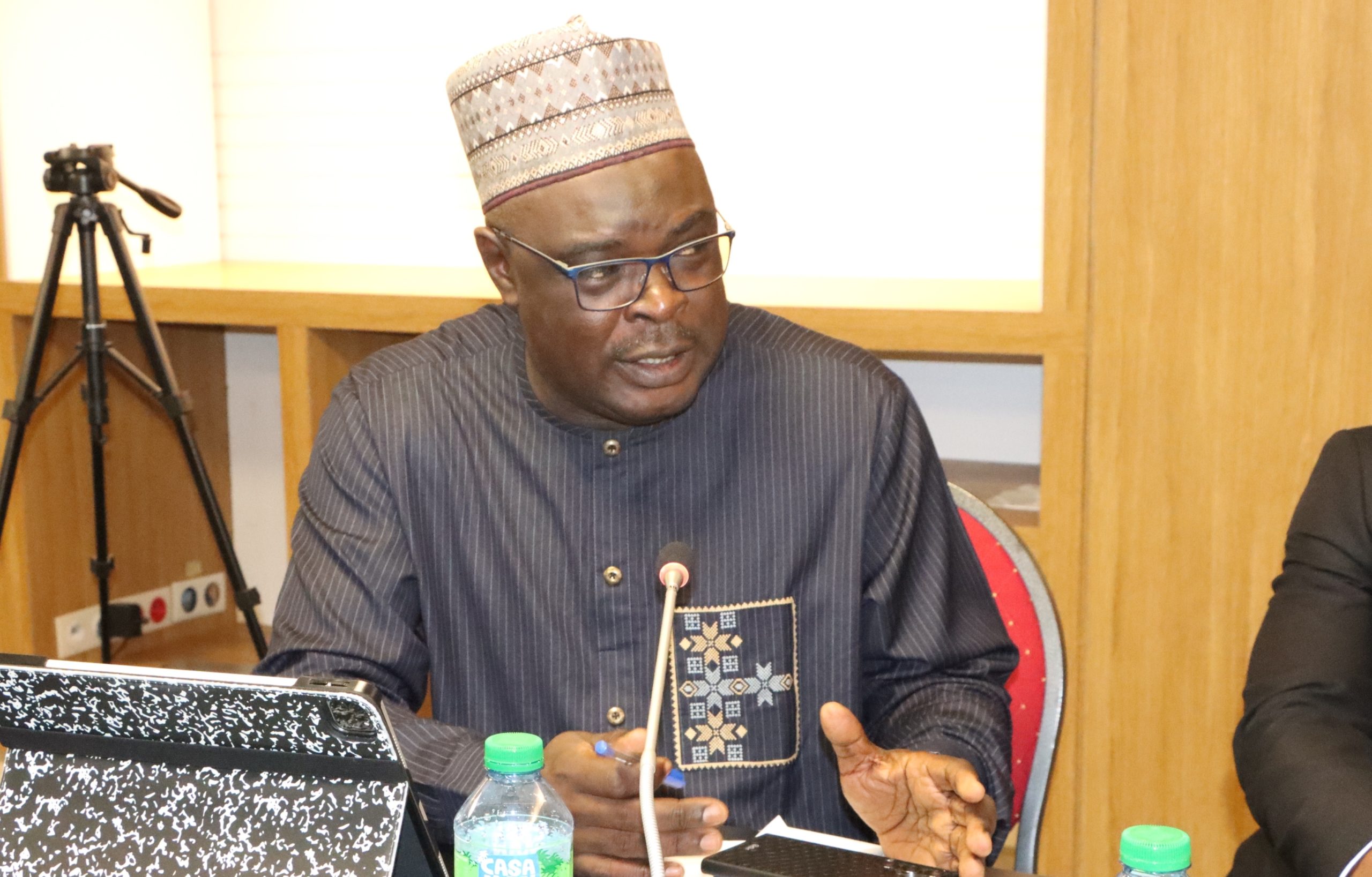Gambiaj.com – (BANJUL, The Gambia) – A recent International Food Security Assessment (IFSA) conducted by the United States Department of Agriculture (USDA) has projected a significant increase in food insecurity in The Gambia, with prevalence estimated to rise by 20.6% in 2024.
The report highlights The Gambia’s heavy reliance on rice imports, which has left the country vulnerable to fluctuations in global commodity prices. In 2022, The Gambia imported $73.6 million worth of rice, ranking as the 81st largest importer of the staple globally. Rice was the second most imported product in the country, with the bulk of imports sourced from Brazil, India, Pakistan, China, and Thailand.
This dependency on imports, coupled with double-digit increases in domestic rice prices, has exacerbated the food insecurity situation. The USDA’s assessment measures food insecurity intensity by analyzing the projected gap between food demand and supply in The Gambia, indicating a worsening trend for 2024.
Despite pledges from the Central Bank in February to curb rising prices of basic commodities such as rice and sugar, little has changed. Prices for essentials like rice and cooking oil have continued to climb, further straining household budgets.
While the report notes that the average prevalence of food insecurity in West Africa is the lowest among the four subregions in Sub-Saharan Africa, The Gambia’s situation contrasts with broader regional trends. Food security is expected to improve in 2024 for most of the 83 countries covered by the IFSA report, driven by an average 3.4% growth in per capita GDP and a moderation in both international and domestic food prices for key commodities, including vegetable oils, wheat, sorghum, and corn.
Global Context: Declining Hunger but Local Challenges Persist
Globally, the USDA report offers some optimism, projecting a significant decline in the number of hungry people this year. The Economic Research Service of the USDA estimates that 824.6 million people, or 19% of the population in 83 lower-income countries, will struggle to meet the minimum daily caloric intake of 2,100 kcal. This marks a 27.5% reduction from 2023 figures.
However, the report cautions that local food inflation remains a critical challenge, particularly for countries like The Gambia. Despite global trends pointing to a reduction in food insecurity by 66.7% by 2034, local factors such as inflation could undermine these gains.
As The Gambia faces a challenging year ahead, addressing the root causes of food insecurity and stabilizing essential commodity prices will be crucial in reversing the projected rise in hunger.
Source: Standard Newspaper










